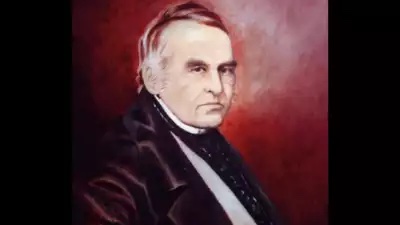John Sullivan
This is a collection of articles archived for the excellence of their content. |
A brief introduction
Shantha Thiagarajan, Sep 11, 2022: The Times of India

From: Shantha Thiagarajan, Sep 11, 2022: The Times of India
UDHAGAMANDALAM: The passing of Queen Elizabeth II means the fabled Koh-i-Noor diamond will pass on to Queen Consort Camilla. But, will the controversy over the coveted jewel in the crown end? Officials at the Nilgiris Documentation Centre (NDC) recall how John Sullivan, founder of modern Ooty, had condemned the dethronement of Maharaja Duleep Singh of Punjab by the East Indian Company and confiscation of his properties including the Koh-i-Noor.
In 1849, after 10-year-old Duleep Singh, the last known owner of the Koh-i-Noor, was defeated in the second Anglo-Sikh War, Governor General Lord Dalhousie took over the Sikh kingdom, confiscated the state properties and presented the famous diamond to the Queen of England.
In 1850, says NDC director Dharmalingam Venugopal, an enraged Sullivan condemned the dethronement and wrote a 70-page treatise, stating that before wearing the Koh-i-Noor Her Majesty should ascertain whose property it was. Analysing Duleep Singh's terms of surrender, Sullivan concluded that as it was a private property of the child king the Queen had no right to own it.
According to H S Bhatia's book 'Rare Documents on Sikhs and their Rule in Punjab, which is also available with NDC, Sullivan states, "The Koh-i-Noor in the opinion of the Governor General, did not form part of the property of the state. He might have made it such if he had pleased but he failed to do so. He had no more right, therefore, I humbly venture to say, to compel his ward, the Maharajah of Lahore, to surrender the Koh-i-Noor to the Queen of England."
Says Venugopal, "Dalhousie must have hated Sullivan's guts but little could he have anticipated that within years he would be going to Sullivan's Ooty to recoup his failing health.
Dalhousie stayed in a sick bed for nearly a year in and around Ooty in 1855, from where he planned the great Indian railways among other things".
The NDC director also says that the Koh-i-Noor, by most reckoning, belongs to the Sikhs for many of whom the UK has become second home.